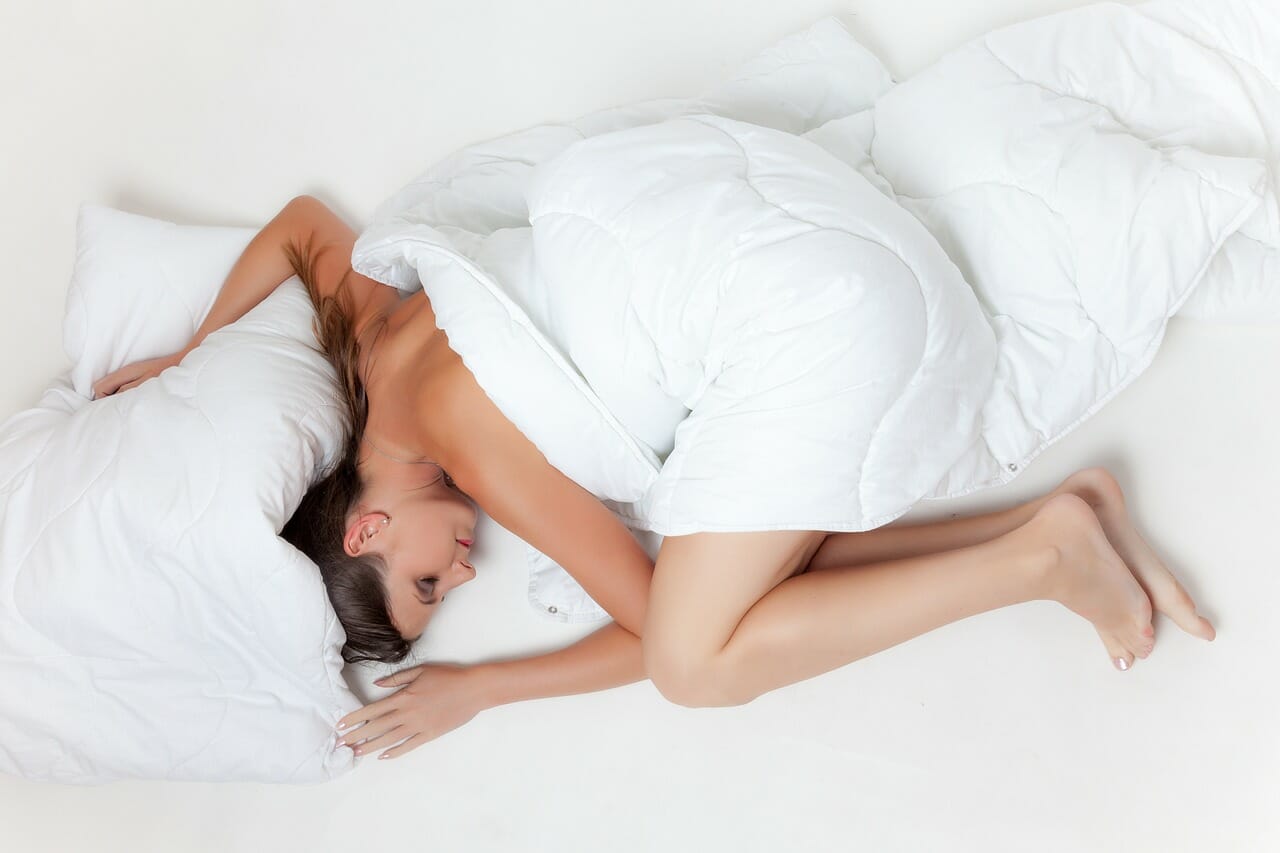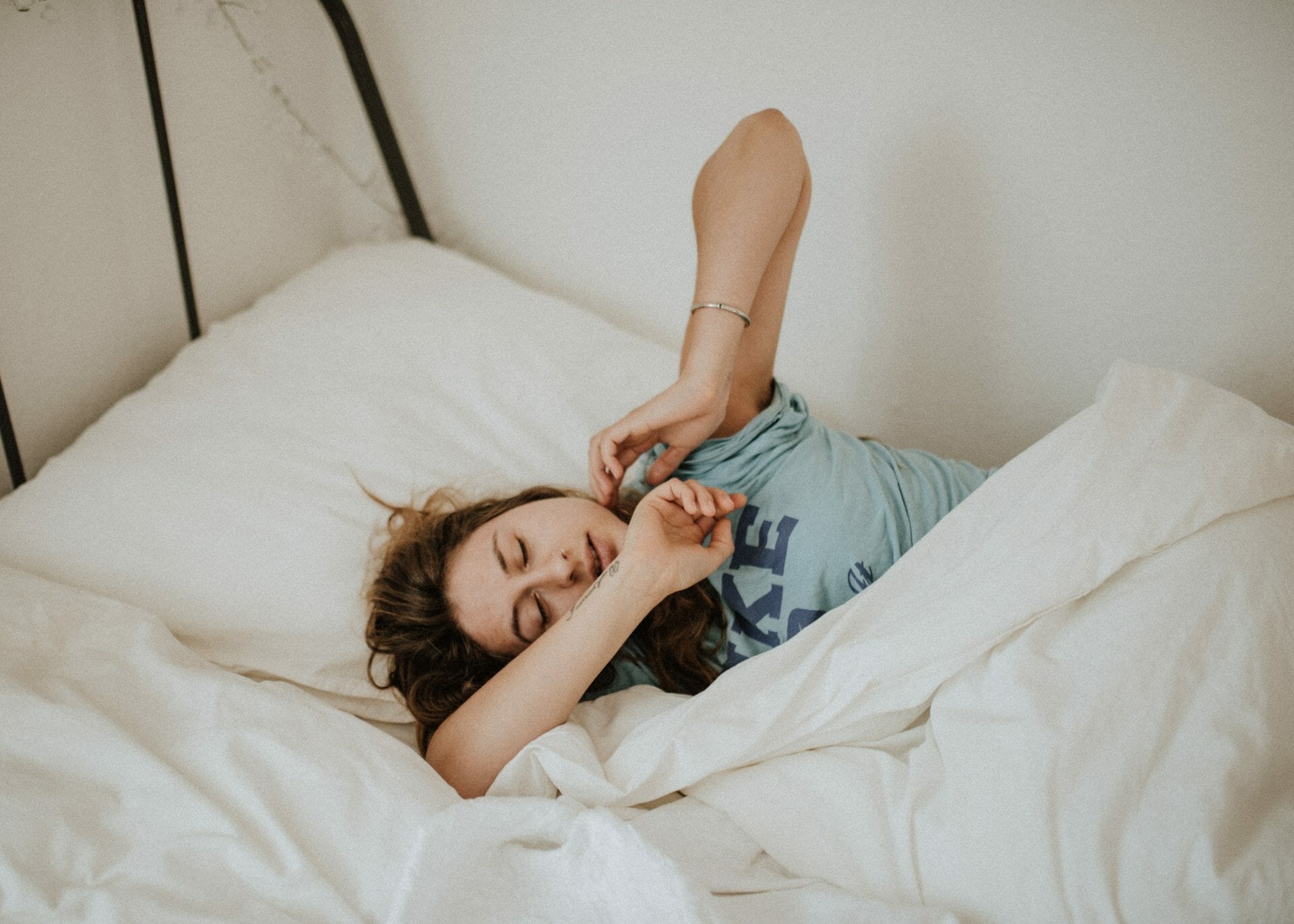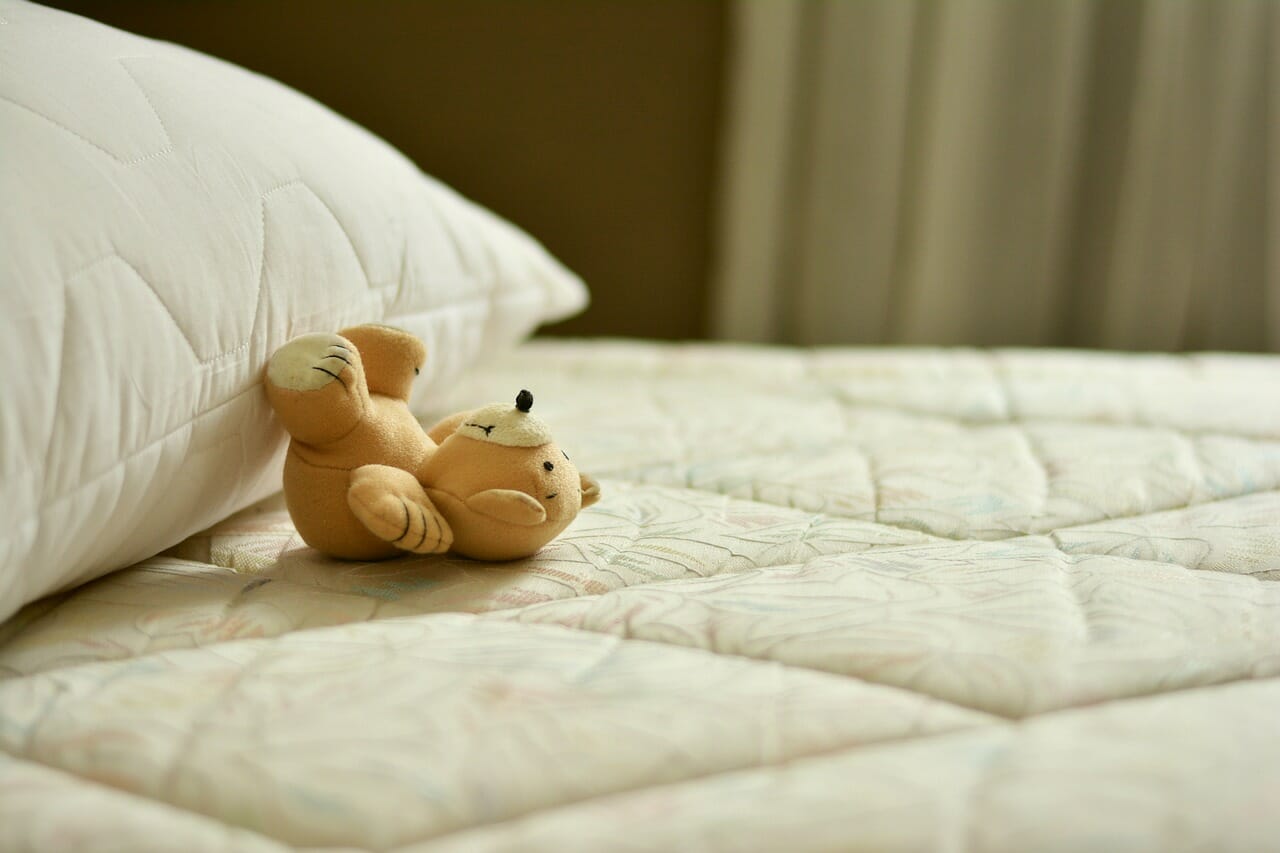If you’re searching for alternative sleeping solutions, you’ve probably wondered about the feasibility of using a mattress topper as a standalone sleeping surface. In this article, we’ll delve into the question “Can you sleep on just a mattress topper?” and explore the benefits and practicality of this unconventional bedding option. So, let’s dive in and find out if a mattress topper is all you need for a good night’s sleep!
Table of contents
Key Takeaways
– Mattress toppers provide comfort and support to existing mattresses, making them a cost-effective alternative to buying a new mattress.
– Different types of mattress toppers, such as memory foam, latex, feathers, and wool, offer varying levels of cushioning and support to cater to individual preferences and needs.
– Mattress toppers can help regulate body temperature and improve sleep quality by providing insulation and breathability.
– While it is safe to sleep on a mattress topper without other bedding, using a fitted sheet or layer of protection is recommended for sweat or pet hair. Additionally, allowing the mattress topper to fully expand for 24 hours before use provides optimal comfort and durability.
What is a Mattress Topper?
Before we delve into the details, let’s first understand what a mattress topper is. Essentially, a mattress topper is a cushioning layer designed to enhance the comfort and support of your existing mattress. It’s typically placed on top of your mattress to provide additional padding and improve your overall sleep experience.
Can You Sleep on a Mattress Topper?
Can you use a mattress topper directly on the floor? The simple answer is yes, but the complete response might be a little more complex. Let’s delve into it.
Types of Mattress Toppers
Not all mattress toppers are created equal. There are various types available in the market, each offering unique characteristics and benefits. Here are a few popular options:
Memory Foam Mattress Topper
Memory foam mattress toppers conform to your body shape, relieving pressure points and providing excellent support. They are known for their ability to enhance sleep quality and reduce motion transfer.
Latex Mattress Topper
Latex mattress toppers are naturally hypoallergenic and offer excellent durability. They provide gentle cushioning while promoting proper spinal alignment.
Feather Mattress Topper
Feather mattress toppers provide a luxurious feel with their softness and lightweight construction. They offer good breathability and can regulate temperature effectively.
Wool Mattress Topper
Wool mattress toppers are naturally breathable and moisture-wicking. They provide excellent insulation during colder months while keeping you cool during warmer seasons.
Consider any specific needs or concerns you may have regarding allergies, chronic pain, or temperature control when deciding whether to sleep solely on a mattress topper. Different materials may have varying effects on these factors, so choose accordingly.
Allergies:
If you suffer from allergies, it’s important to consider the hypoallergenic properties of a mattress topper. Some toppers are designed to resist allergens such as dust mites and mold, providing a healthier sleep environment.
Chronic Pain and Mobility Issues:
For individuals dealing with chronic pain or mobility issues, certain mattress toppers can provide targeted support and pressure relief. Look for options that offer optimal spinal alignment and cushioning for sensitive areas.
Temperature Control:
Maintaining an optimal sleep temperature is crucial for a restful night’s sleep. Some mattress toppers are designed with cooling properties to regulate body heat and prevent overheating.
Is It Good To Sleep on a Mattress Topper?
Now that we’ve covered some important considerations, let’s explore the benefits of sleeping exclusively on a mattress topper.
Temporary or Travel Living Situations
Living with just a mattress topper can be a great option for temporary or travel living situations! Whether you’re on the road or looking for an affordable way to stay somewhere short-term, having only a mattress topper can make life simpler and more convenient. It’s also a great choice for those who are embracing minimalism and reducing the amount of clutter in their lives.
Plus, if you’re already used to sleeping on one, it’s easy enough to move your mattress topper from place to place when needed. You don’t have to worry about lugging around bulky mattresses or navigating tricky furniture setups. With just a mattress topper, you can enjoy the comfort of home wherever your travels take you – all without breaking the bank!
Minimalist Lifestyle
For those embracing a minimalist lifestyle, using only a mattress topper can be an excellent choice. With its compact design and versatility, it allows you to simplify your bedding setup without compromising on comfort.
Budget Bedding
Using just a mattress topper can be an attractive option for budget-conscious consumers. It eliminates the need for investing in an expensive mattress while still providing adequate support and comfort for a good night’s sleep.
Can You Use a Mattress Topper Directly on a Box Spring Instead of on a Mattress?
While it’s technically feasible, using a mattress topper directly on box springs may not provide optimal support because box springs are designed explicitly for mattresses’ weight distribution. However, if you have no other option due to budget constraints or emergency situations – sure! Just make sure you’re okay with this compromise in comfort levels!
Is Mattress Toppers Suitable for All Sleeping Positions?
Yes! Mattress toppers are suitable for all sleeping positions – whether you’re a back sleeper, side sleeper, or stomach sleeper. However, each sleeping position may require different levels of firmness and support.
Consider the specific needs of your sleeping position when choosing a mattress topper. For example, side sleepers may benefit from memory foam toppers that offer pressure relief, while back sleepers may prefer latex toppers for improved spinal alignment.
Mattress Toppers Vs. Mattress Protectors
It’s essential not to confuse mattress toppers with mattress protectors. While both serve different purposes, they often work hand in hand for optimal bedding performance.
A mattress protector is designed primarily to safeguard your mattress from spills, stains, allergens, and dust mites. It acts as a protective barrier between you and the actual mattress.
On the other hand, mattress toppers are intended to enhance your sleeping experience by adding extra cushioning and support. They provide an additional layer of comfort and can customize the feel of your bed.
Combining both can offer an optimal sleep experience.
Conclusion: Enhance Your Sleep with a Mattress Topper 💭
In conclusion, can you sleep on just a mattress topper? The answer is a resounding yes! Using a mattress topper as a standalone sleeping surface can be a viable option for many individuals. Whether you’re in a temporary living situation, aiming for a minimalist lifestyle, or looking for budget-friendly bedding solutions, a mattress topper can provide comfort and support.
Before making the switch, consider factors such as allergies, chronic pain, and temperature control. Additionally, understand the distinction between mattress toppers and protectors.
Remember, each individual has unique needs and preferences when it comes to sleep. If you’re curious about trying out this alternative sleeping solution or want an affordable bedding option without compromising comfort, give a mattress topper a try!
Frequently Asked Questions
How long before you can sleep on a mattress topper?
The time it takes for a mattress topper to fully expand and air out can vary depending on the specific type and brand. Generally, it’s recommended to wait 24-48 hours before using a new mattress topper to allow it to regain its intended shape and dissipate any off-gassing odors.
What happens if I sleep on my mattress before 24 hours?
While it’s best to follow the manufacturer’s guidelines, sleeping on a mattress topper before the recommended time period may not cause any harm. However, it’s essential to ensure proper ventilation in the room and monitor your comfort levels.
Is it safe to sleep on a mattress topper without any other bedding?
Yes, however, you may want to consider using a fitted sheet or another layer of protection between you and the mattress if you tend to sweat at night or have pets that might shed hair.




Leave a Reply
You must be logged in to post a comment.